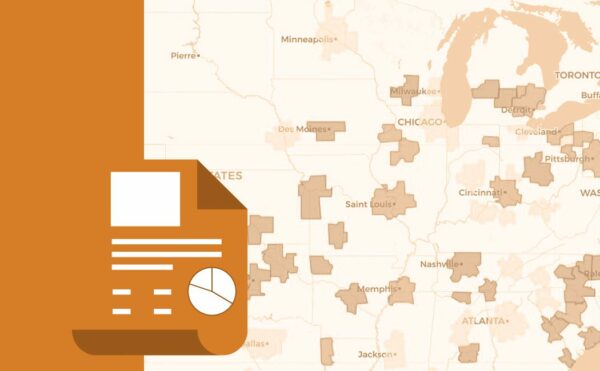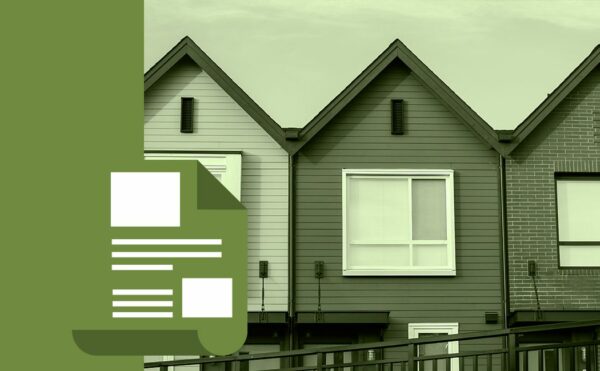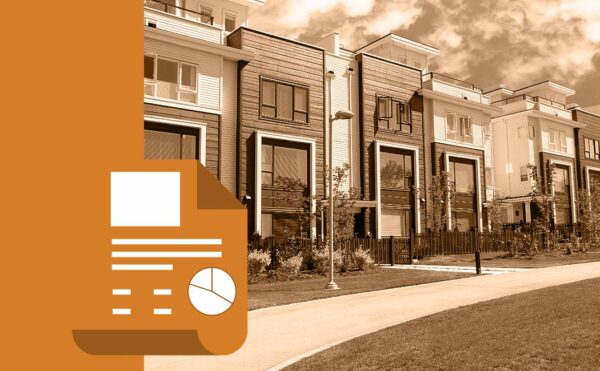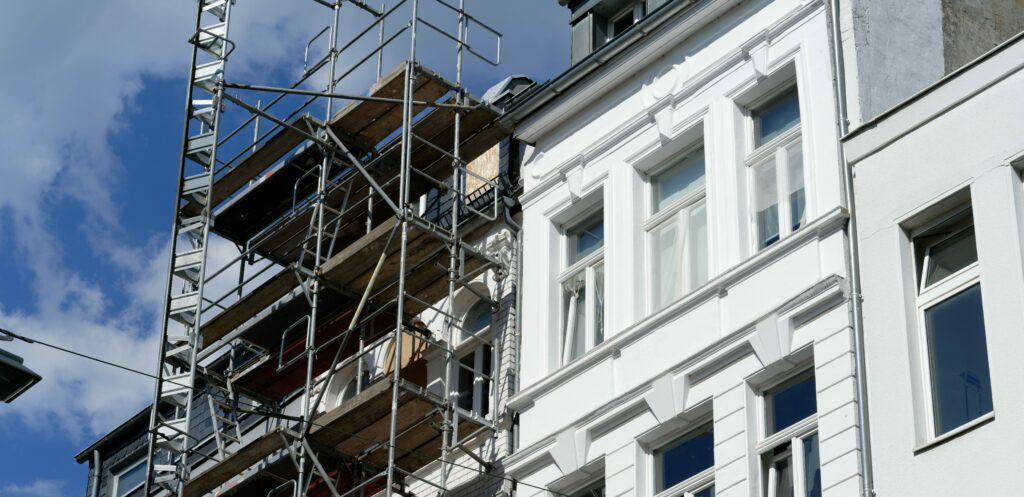
April 13, 2023
Findings from RCLCO’s Market Feasibility Work on the Reuse of Office Buildings
1. There is a premium for historic conversions… TRUE
Discussion
A broad survey of residential buildings would suggest that there is a discount for office buildings converted to residential use, and that might stand to reason. Modern apartment buildings are expertly tailored to the need of high-end residents and conversions inherently require compromises. And frankly this analysis is hard, as most converted office buildings don’t aspire to compete at the top of the market.
The exception is truly unique, and expertly adapted buildings in which the character of the asset and perhaps its history garner a strong response with the resident. In these cases, the “compromises” actually play as “character” and contribute to the perception that the building is truly unique and there is a customer who is willing to pay for that.
So how much?
RCLCO’s work suggests that buildings with this character can achieve a 5% to 10% premium to buildings with comparable unit finishes.
A Good Example
While the examples that come most immediately to mind are ‘between the Wars” building like slender 90 Pine Street in Lower Manhattan, we like the lessons learned from The National in Dallas, a boxy mid-century modern structure, where the developer Todd Interests delivered all the Mad Men cool you could hope for. Our analysis disaggregates the value driving impact of the Thompson hotel in the structure (a smart strategy and a topic for a future paper – check out 225 Baronne in New Orleans!) but renters are paying more for the history and design chic.
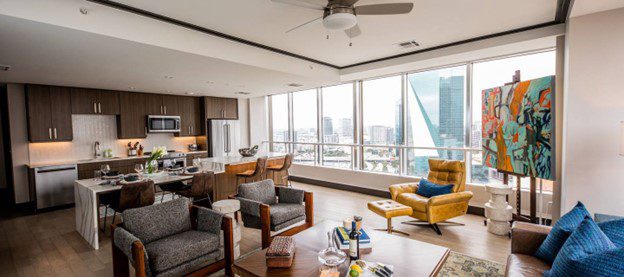
2. You can’t partially convert an office building… FALSE
Discussion
Owners today are often grappling with buildings that have significant vacancy, but also tenants with long leases. Others worry about the scale of a conversion (too many units?) if fully converted, or just want to reduce but not eliminate their exposure to the office market.
There are operating and design challenges to this approach – achieving a dedicated and distinct residential lobby is critical and isolating a residential elevator bank is key – but it can be done. And there are of course some advantages to converting only the upper floors of a building to residential in markets in which views drive an outsized premium. This question is increasingly common in RCLCO’s work as of this writing.
A Good Example
Entirely vacant since 2000, Madison Properties fully reskinned 10 Light Street in downtown Baltimore, leaving nine floors of contemporary, virtually column free office space, and converted the upper two thirds of the 28-story tower into luxury apartments with rooftop amenities. The apartment component is almost all view units significantly enhancing the weighted average revenue per square foot.
10 Light Street Rooftop Pool
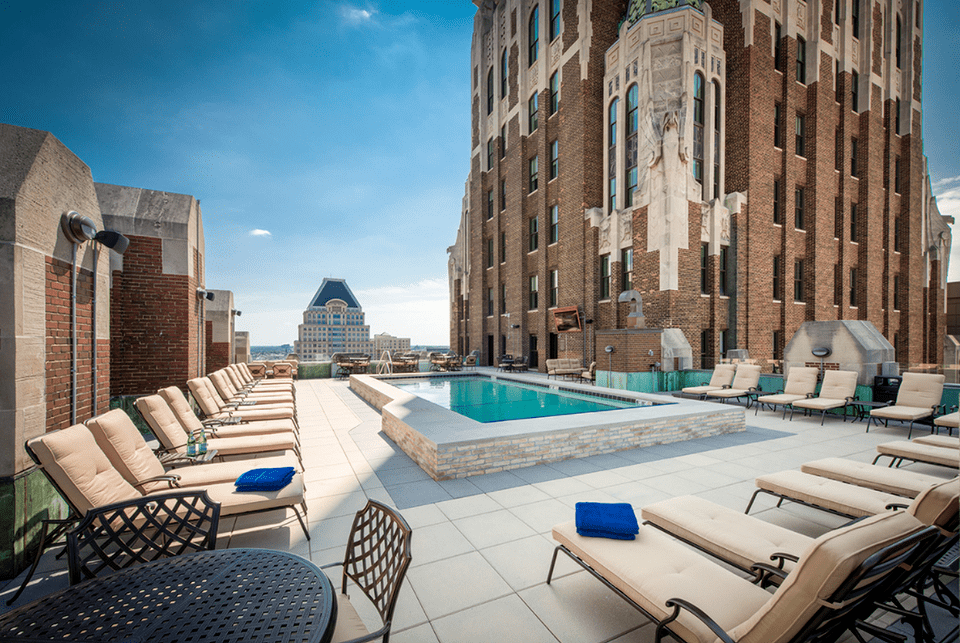
3. Floor plates deeper than 100′ don’t work for residential… FALSE
Discussion
Of course, it’s much easier to convert the quintessential 80’ or 90’ wide building with a central core. Keeping the “lease span,” as architects call it, or distance from the window line to the elevator core to 30’ to 40’ or less makes for optimum flexibility in terms of unit sizes and mix.
But as the industry’s technical knowledge improves designers are finding creative ways to make larger floorplates work, and not just the costly — although sometimes effective — central light well (check out 180 Water in Manhattan for a good example of this).
A Good Example
20 Broad Street in Lower Manhattan was once home to the New York Stock Exchange and today is luxury apartments. With a lease span of 45 feet (typical floorplate of 18,150 square feet), architects Centra Ruddy developed wonderfully quirky solutions such as off-center windows, semi-demised spaces, interior bedrooms, and other solutions to make the large floorplates work achieving a market driven mix of studios, one- and two-bedroom apartments.
20 Broad Street Manhattan – Façade Before and After
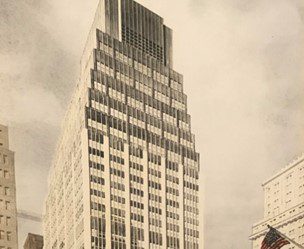
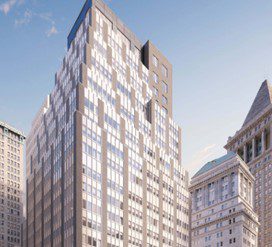
4. Conversions work in the suburbs too… TRUE
Discussion
Most of the conversions that make the glossy magazines are very urban, but really most of the office space in America is in the suburbs, and vacancy imperative and accelerating price adjustments make these opportunities increasingly compelling. There is actually a strong market case to be made for focusing on the suburbs, both the potential favorable cost and construction dynamics and the fact that many suburban conversions will be the only new high-rise residential in their respective sub-markets, and the overall quality of the newer product make it easier to compete for upscale renters or buyers.
A Good Example
Developer Madison/Highland has developed a unique live/work product that they have deployed with considerable success by converting post-War office buildings in suburban Northern Virginia office park settings including Shirlington and Fairfax. The product including Mission Lofts in Falls Church is cool and mixed-use – lofts/suites can flex between office or residential and there is a significant co-working facility – in an employment rich location where the housing is generally not so hip and the customer is paying for it.
Mission Lofts Co-Working Space, Falls Church, Virginia
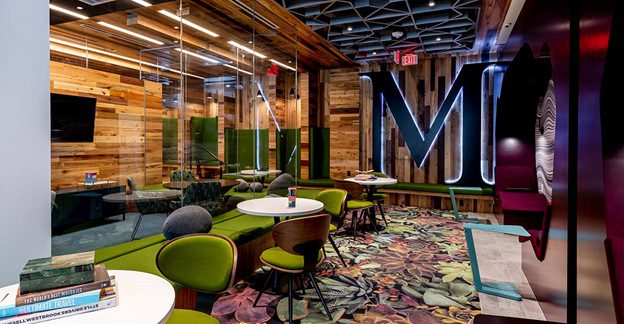
5. Office to residential conversion means back to the amenity arms race… TRUE
Discussion
Keen market observers have probably noticed that converters seem to heavily (overly?) amenitize these buildings and there is a logic to doing so for sure. While a converted building can’t always produce the open, window-lined or rooftop spaces (some can, check out The Franklin Tower Residences in Philadelphia), the presence of lots of difficult to use space means developers can compete with quantity and they have found an appreciative market. One way to capitalize on the unique nature of conversion is to highlight historic spaces or attributes of the building that speak to its past.
A Good Example
The Millennium on LaSalle in Chicago is a good example of a very heavily and thoughtfully amenitized building that competed with new construction. Also observe The Foundry in Alexandria, Virginia, where the internal three-story gym and two-story game room created significant market differentiation and also serve as a (albeit costly) solution to challenge number 3 above.
10 Light Street Amenities Pay Homage to Banking Past
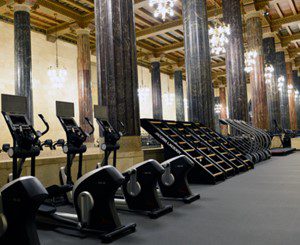
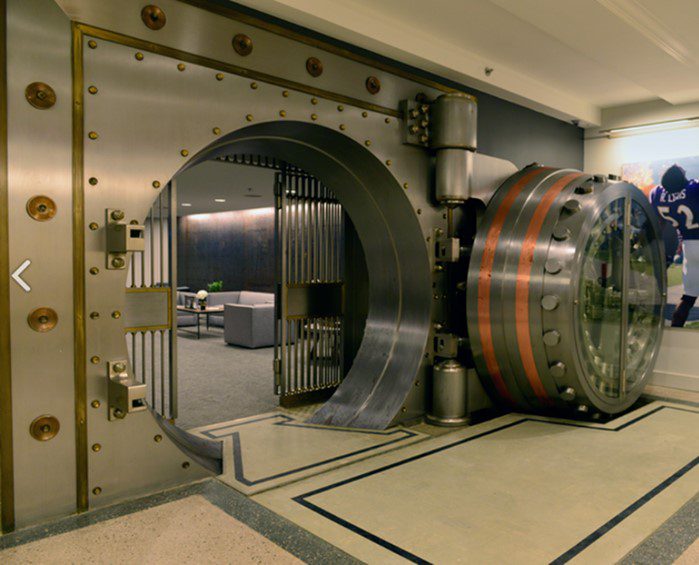
6. All of the residential converting is going to be for rent… FALSE
Discussion
Most of the new high-density housing has been rental during the last decade, and lower density is going rental too, but conversion actually presents a compelling opportunity for condo converters. History tells us that condo buyers can be more forgiving than renters and some small buildings that would be difficult to run efficiently as rentals might be perfect for small and narrow studios that can hit a price point unavailable to single buyers and that wouldn’t be optimal product with the flexibility of new construction.
A Good Example
Octave 1920 in Silver Spring was an 80,000 square foot obsolete urban office building that developer Promark converted to 102 mostly studio units. Given the small scale, the fact that studio layouts worked, and the ability to deliver units with contemporary finishes under $300,000 meant the product found a customer priced out of the market entirely. Note that the customer was willing to accept the building with no on-site parking. Oronoco in Alexandria, Virginia, the opposite end of the customer (empty nesters) and price ($1,000/square foot +) spectrum is another successful example, when an obsolete 30-year old office building allowed a density that current zoning would have prohibited, and allowed for 60 luxury waterfront condos.
Learn more about the work RCLCO is doing in the Office to Residential conversion space.


